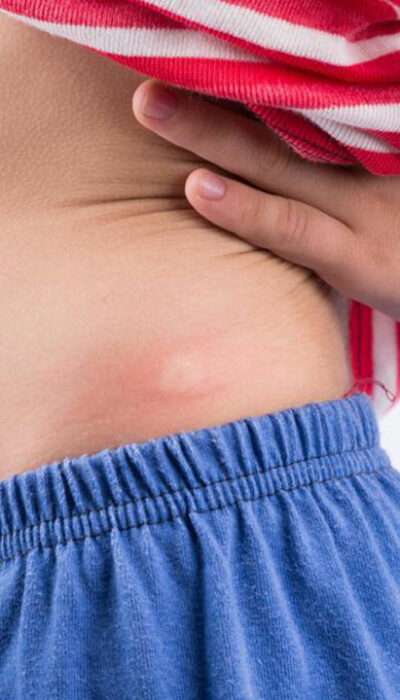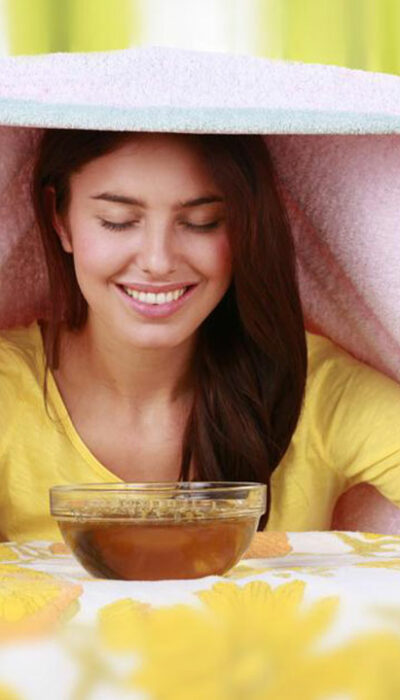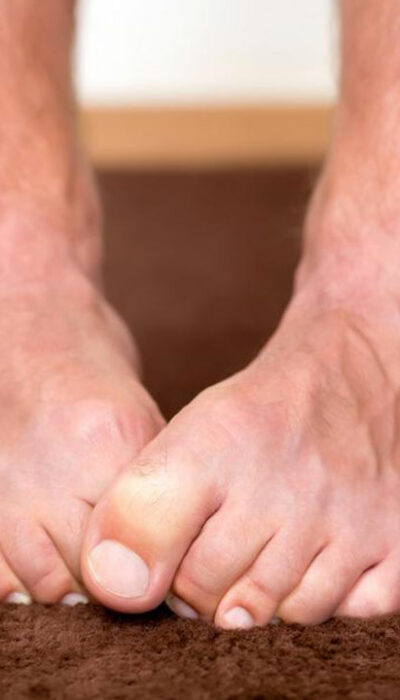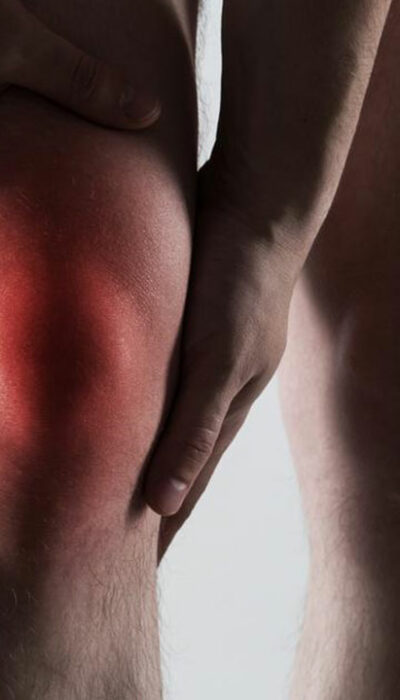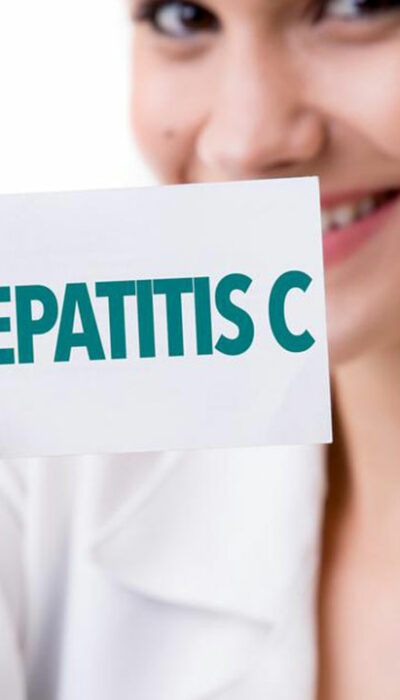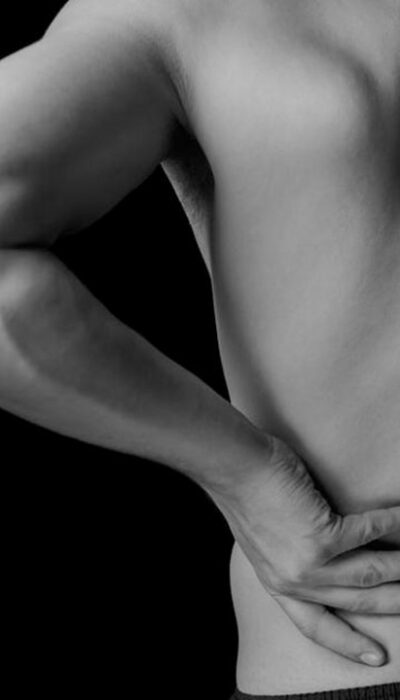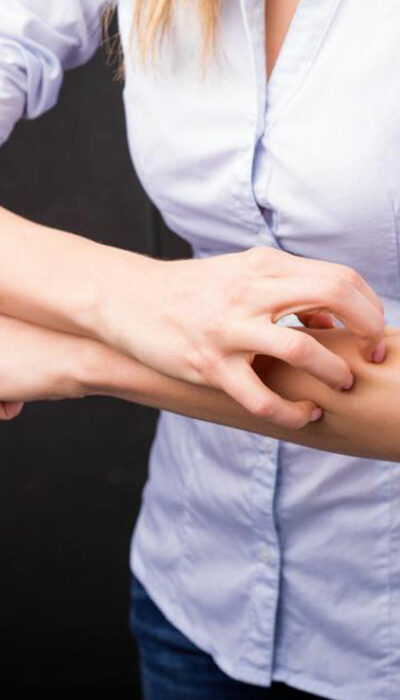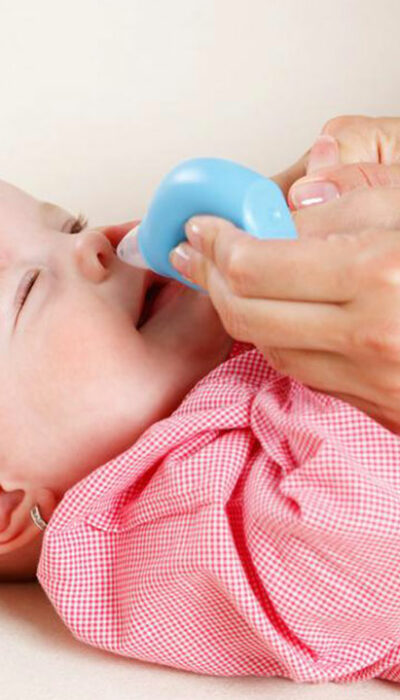
Milk Allergy in Toddlers – A Cause for Concern
Milk allergy in toddlers is one of the common ailments that affect children all over the world in some form or the other. Milk allergy in toddlers gets detected in the initial phase of life, particularly when the gastrointestinal tract is not fully developed. Cow’s milk has the maximum chances of attracting an allergic reaction while breast milk has the least. Generally, the child starts showing symptoms after 30 minutes of the consumption of a milk product. Common symptoms include rashes, upset stomach, diarrhea, and sometimes, blood in the stool. Also, milk allergy in toddlers may trigger the onset of a respiratory ailment such as cold, cough, breathing difficulty, and the like. If you happen to see any of these symptoms in your child, it is time you visit a doctor. It should be kept in mind that with time, certain symptoms may vanish while new ones may occur. A pediatrician can be consulted for effective treatment who will provide your kid with the right treatment. The doctor should be informed if a family history of such form of allergy already exists to take into consideration any genetic causes. A few precautions can also be taken to prevent the very onset of the allergy in the first place. Breastfeeding – If the infant is only a few months old and has developed an allergy from breastfed milk, it is advisable to follow a lactose-free diet. To fulfill the milk requirements, calcium supplements can be taken by the mother. Cow’s milk should be given only under the recommendation of a doctor and that too as late as possible (minimum four months from the child’s birth). Alternative feeding options – If the infant is old enough to consume cow’s milk which is the reason for the outbreak of the allergy, milk substitutes such as soy or elemental formula can be given.

